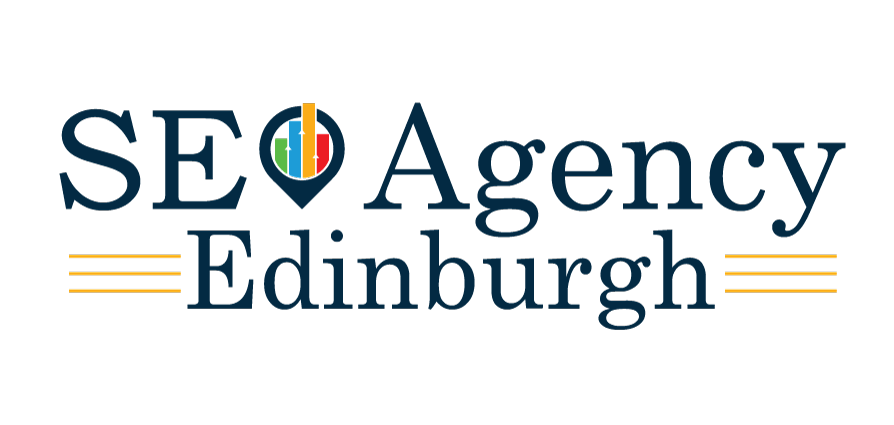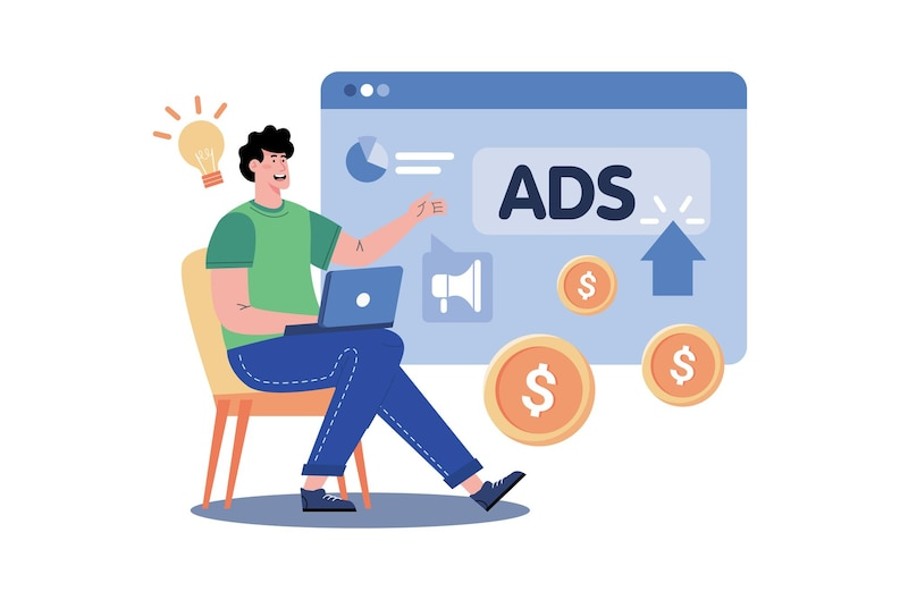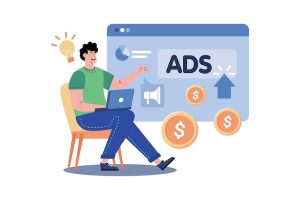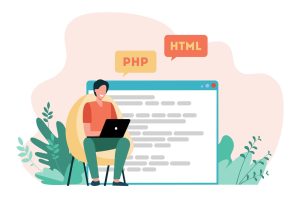In today’s highly competitive world of digital, the pursuit of driving website traffic and conversions has become paramount for businesses aiming to thrive online.
This pursuit often involves a delicate dance between two essential strategies: Search Engine Optimization (SEO) and Pay-Per-Click (PPC) advertising. Both SEO and PPC hold their distinct strengths, yet their synergy can yield remarkable results.
SEO focuses on optimizing your website’s content, structure, and authority to improve its organic ranking in search engine results. This sustainable approach aims to generate long-term visibility and credibility among your target audience.
On the other hand, PPC involves placing targeted ads on search engines, paying only when users click on your ads. This offers immediate visibility and control over your campaigns.
In this discussion, we delve into the symbiotic relationship between SEO and PPC, exploring how their combined efforts can maximize website traffic, enhance brand exposure, and ultimately drive higher conversion rates.
By putting the strengths of both strategies, businesses can create a powerful online presence that resonates with their audience and fuels their growth. Let’s take a good look!
Key Benefits and Strategies of PPC and SEO Synergy
By implementing these strategies and recognizing the key benefits, you can create a powerful synergy between your PPC and SEO efforts, driving increased traffic and higher conversions for your business.
Benefits of PPC and SEO Synergy:
- Combining PPC and SEO efforts ensures your brand occupies more real estate on search engine results pages (SERPs), increasing your visibility to potential customers.
- By leveraging both strategies, you can capture both organic and paid traffic, leading to a substantial increase in overall website traffic.
- Ranking both organically and through paid ads can boost your brand’s credibility, signaling to users that you’re a trusted source in your industry.
- PPC allows you to quickly test and refine your keyword strategy, which can then inform your long-term SEO efforts.
- PPC delivers quick results, making it a valuable strategy for immediate traffic and conversions while you wait for SEO efforts to gain traction.
- Combining SEO and PPC data provides valuable insights into user behavior, keyword performance, and conversion trends, allowing for more informed decision-making.
- Optimizing your PPC campaigns through SEO data can reduce ad spend by targeting high-converting keywords more effectively.
Strategies for PPC and SEO Synergy:
- Identify high-performing keywords from both SEO and PPC campaigns and integrate them into your overall strategy.
- Regularly share data between your SEO and PPC teams to refine targeting, ad copy, and landing page optimization.
- Ensure that the landing pages you use in PPC ads align with the content and keywords targeted in your SEO efforts for a seamless user experience.
- Coordinate your remarketing efforts to reinforce messaging and maximize conversion opportunities for both SEO and PPC traffic.
- Use SEO-driven content insights to enhance ad copy and landing page content, improving the quality score and ad relevance in PPC campaigns.
- Continuously test ad variations and landing page designs for both PPC and SEO to identify the most effective strategies.
- Strategically allocate your budget to capitalize on the strengths of both PPC for immediate results and SEO for long-term sustainability.
The Differences Between SEO and PPC
Understanding these key differences between SEO and PPC can help businesses make informed decisions about their digital marketing strategies and how to best allocate their resources.
1. Nature of Traffic:
SEO (Search Engine Optimization):
- Generates organic traffic.
- Users click on your website’s search result without any direct cost to you.
PPC (Pay-Per-Click):
- Generates paid traffic.
- You pay each time a user clicks on your ad.
2. Placement on SERPs:
SEO:
- Organic search results typically appear below paid ads.
- Rankings are based on relevance and authority.
PPC:
- Paid ads appear at the top and bottom of SERPs, often marked as “Ad” or “Sponsored.”
- Rankings are determined by bidding and ad quality score.
3. Cost Structure:
SEO:
- Requires investment in content creation, website optimization, and backlinks but no direct payment for clicks.
PPC:
- Involves paying for each click, and costs can vary based on keyword competitiveness and bidding strategy.
4. Traffic Speed:
SEO:
- Generally takes time to rank organically (weeks to months).
PPC:
- Provides immediate traffic once campaigns are set up and approved.
5. Sustainability:
SEO:
- Offers sustainable, long-term results if maintained and updated.
PPC:
- Results are immediate but stop when you pause or end campaigns.
6. Click-through Rate (CTR):
SEO:
- CTR can vary widely depending on rankings but is generally lower than PPC.
PPC:
- CTR tends to be higher due to the prominent ad placement.
7. Keyword Targeting:
SEO:
- Targets a broader range of relevant keywords.
PPC:
- Allows precise keyword targeting and ad customization.
8. Content Control:
SEO:
- You have control over on-page content and optimization.
PPC:
- Allows for specific ad copy and landing page control.
Adaptability:
SEO:
- Requires ongoing optimization to adapt to search engine algorithm changes.
PPC:
- Can be quickly adjusted based on campaign performance and goals.
Common Pitfalls to Avoid in SEO-PPC Campaigns
In the kingdom of digital marketing, integrating SEO (Search Engine Optimization) and PPC (Pay-Per-Click) campaigns can be a powerful strategy.
However, there are common pitfalls that businesses should be aware of and avoid to ensure the effectiveness of their combined efforts. One common mistake is failing to synchronize SEO and PPC keywords.
When these two campaigns operate in isolation, valuable keyword insights are missed, leading to inefficient targeting and potentially higher costs.
Additionally, neglecting to optimize landing pages for both SEO and PPC traffic can lead to inconsistent messaging and decreased conversion rates.
Another pitfall is underestimating the importance of tracking and analytics. Without continuous monitoring, it’s challenging to assess campaign performance and make necessary adjustments.
Lastly, not setting clear objectives or aligning SEO and PPC goals can result in disjointed efforts. To maximize the benefits of SEO-PPC synergy, businesses must proactively address these pitfalls, ensuring a harmonious and effective digital marketing strategy.
Local SEO and Geo-Targeted PPC Strategies
Local SEO and geo-targeted PPC strategies are essential components of digital marketing for businesses aiming to capture local markets. Local SEO focuses on optimizing a website to rank higher in local search results, making it easier for nearby customers to find and engage with a business.
This involves optimizing Google My Business profiles, incorporating location-specific keywords, and garnering local reviews and citations. On the other hand, geo-targeted PPC campaigns allow businesses to display ads specifically to users in their target geographic areas.
These ads can be tailored to local interests and preferences, ensuring that they resonate with the local audience.
The synergy between local SEO and geo-targeted PPC is evident in their ability to enhance a business’s local online visibility, drive foot traffic, and increase conversions.
By integrating these strategies, businesses can effectively reach and engage their local customer base, ultimately leading to higher growth and success in their local markets.
Finding the Balance Between SEO and PPC:
Finding the right balance between SEO and PPC is crucial for a successful digital marketing strategy. SEO offers long-term benefits by improving organic search rankings, building trust, and driving sustainable traffic.
It’s a valuable investment, but results often take time to materialize. In contrast, PPC provides immediate visibility and can be highly targeted, making it ideal for short-term goals and quick wins. To strike the perfect balance, consider your specific objectives.
If you’re looking for instant traffic and conversions, PPC can fill the gap while your SEO efforts gain traction. As your SEO rankings improve, you can gradually reduce your PPC spend.
However, some businesses benefit from maintaining a consistent presence in both realms to maximize visibility. Regularly analyzing data, tracking ROI, and adjusting your strategy based on performance will help you find the equilibrium that aligns with your business goals and budget constraints.
The right balance between SEO and PPC can lead to a well-rounded digital marketing approach that drives sustainable growth.








